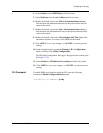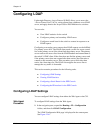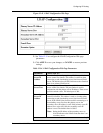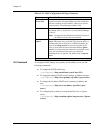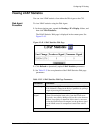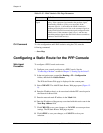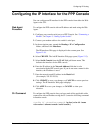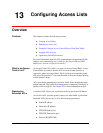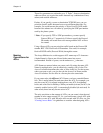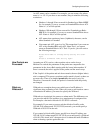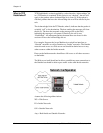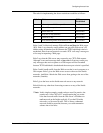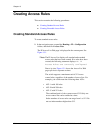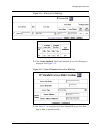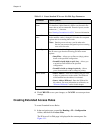
User Guide for the Avaya P580 and P882 Multiservice Switches, v6.1 13-1
13
Configuring Access Lists
Overview
Contents This chapter contains the following sections:
■ Creating Access Rules
■ Enabling an Access List
■ Example: Using an Access Control Rule to Filter Web Traffic
■ Logging ACL Activity
■ Optimizing Switch Performance
For more information about the CLI commands that are mentioned in this
chapter, see Command Reference Guide for the Avaya P580 and P882
Multiservice Switches, Software Version 6.1
What is an Access
Control List?
An Access Control List (ACL) is a group of Access Control Rules. Access
Control Rules are used to describe how to forward (route) packets, as
opposed to where to forward them. The how can be to forward the packet
with a specific priority(0-7), forward the traffic with an un-changed priority,
or filter packets (drop).
ACLs provide the mechanism to prioritize traffic flows through the router
and the network. This traffic flow management is commonly referred to as
Quality of Service (QoS). See Chapter 25 for more information on QoS.
Standard vs.
Extended ACLs
A standard ACL allows you to prioritize traffic by the Source IP address.
An extended ACL provides greater control over what traffic is prioritized.
Extended ACLs can use any or all of the following parameters:
■ Source IP address
■ Destination IP address
■ TCP/UDP Source port
■ TCP/UDP Destination port.
■ Protocol ID (RFC1700)



